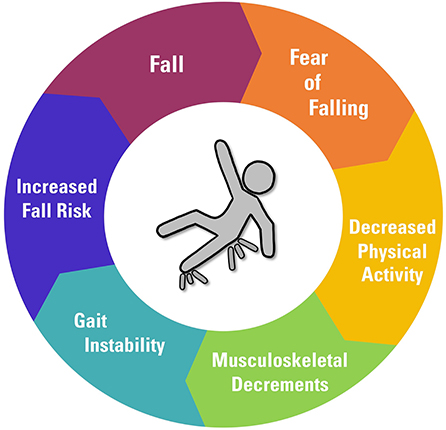Indicators on Dementia Fall Risk You Should Know
Wiki Article
The Dementia Fall Risk Statements
Table of ContentsThe Only Guide to Dementia Fall RiskNot known Details About Dementia Fall Risk How Dementia Fall Risk can Save You Time, Stress, and Money.Some Of Dementia Fall Risk
A fall threat evaluation checks to see how likely it is that you will certainly fall. The assessment generally consists of: This includes a collection of concerns about your total wellness and if you've had previous drops or issues with equilibrium, standing, and/or walking.Treatments are recommendations that may lower your risk of falling. STEADI consists of 3 actions: you for your risk of falling for your danger variables that can be improved to try to stop drops (for instance, balance issues, damaged vision) to lower your risk of falling by utilizing reliable approaches (for instance, giving education and learning and resources), you may be asked several concerns including: Have you dropped in the previous year? Are you stressed regarding dropping?
If it takes you 12 seconds or more, it might suggest you are at greater danger for an autumn. This test checks strength and equilibrium.
Move one foot halfway onward, so the instep is touching the big toe of your other foot. Move one foot totally in front of the various other, so the toes are touching the heel of your other foot.
Getting The Dementia Fall Risk To Work
A lot of falls occur as a result of multiple contributing factors; as a result, managing the risk of falling begins with identifying the elements that add to fall danger - Dementia Fall Risk. Some of the most appropriate threat elements include: Background of prior fallsChronic medical conditionsAcute illnessImpaired stride and equilibrium, lower extremity weaknessCognitive impairmentChanges in visionCertain high-risk medicines and polypharmacyEnvironmental elements can likewise raise the risk for falls, consisting of: Inadequate lightingUneven or damaged flooringWet or slippery floorsMissing or harmed handrails and get barsDamaged or incorrectly equipped tools, such as beds, mobility devices, or walkersImproper use of assistive devicesInadequate supervision of individuals living in the NF, consisting of those who exhibit aggressive behaviorsA effective autumn risk management program needs an extensive scientific analysis, with input from all members of the interdisciplinary group

The treatment plan need to likewise consist of treatments that are system-based, such as those that advertise a risk-free atmosphere (suitable lights, handrails, grab bars, and so on). The effectiveness of the treatments should be assessed regularly, and the treatment plan revised as necessary to mirror changes in the fall danger evaluation. Applying a loss threat administration system making use of evidence-based best method can minimize the frequency of drops in the NF, while restricting the possibility for fall-related injuries.
Dementia Fall Risk for Beginners
The AGS/BGS guideline suggests evaluating all grownups matured 65 years and older for fall threat each year. This testing contains asking patients whether they have fallen 2 or more times in the previous year or sought clinical attention for a fall, or, if they have not fallen, whether they feel unsteady when walking.People that have actually dropped when without injury must have their equilibrium and stride Visit Website reviewed; those with stride or equilibrium abnormalities ought to get extra assessment. A background of 1 autumn without injury and without stride or equilibrium troubles does not warrant additional evaluation past continued annual loss risk testing. Dementia Fall Risk. An autumn danger evaluation is needed as part of the Welcome to Medicare assessment

How Dementia Fall Risk can Save You Time, Stress, and Money.
Documenting a drops background is one of the quality indicators for fall prevention and management. A critical component of risk evaluation is a medicine evaluation. Numerous classes of medicines raise autumn danger (Table 2). Psychoactive drugs in certain are independent predictors of falls. These drugs often tend to be sedating, alter the sensorium, and harm equilibrium and stride.Postural hypotension can frequently be eased by lowering the dosage of blood pressurelowering medicines and/or quiting medications that have orthostatic hypotension as an adverse effects. Usage of above-the-knee assistance hose and copulating the head of the bed boosted may also reduce postural reductions in high blood pressure. The suggested components of a fall-focused checkup are displayed in Box 1.

A pull time higher than or equal to 12 seconds suggests high autumn risk. The 30-Second Chair Stand examination analyzes lower extremity stamina and equilibrium. Being not able to stand from a chair of knee elevation without using one's arms shows raised fall danger. The 4-Stage Equilibrium examination evaluates fixed equilibrium by having the patient stand in 4 positions, each gradually extra challenging.
Report this wiki page